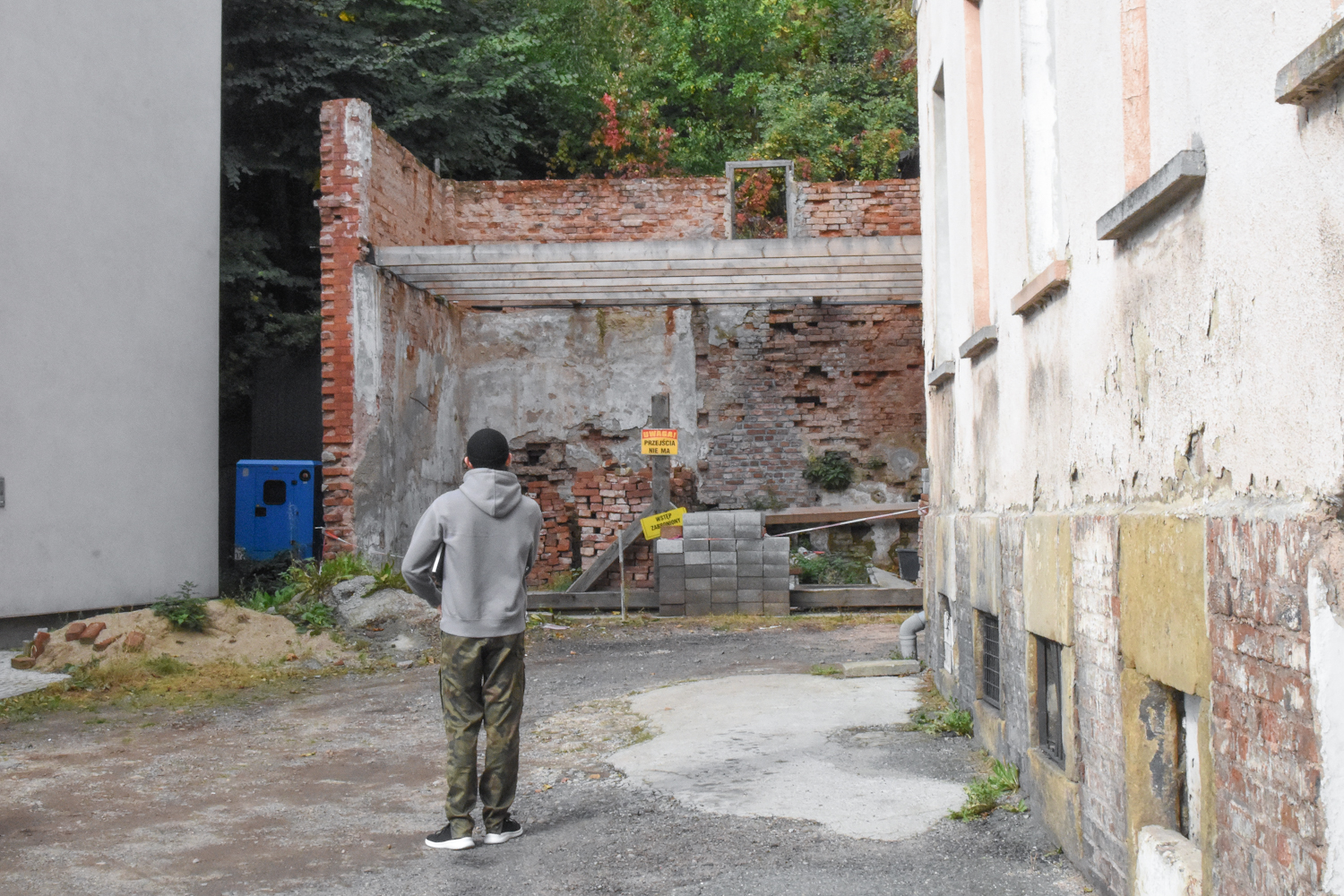The undefined fragment of the global garden, the third landscape, consists of neglected areas by humans. These areas are biologically diverse, although this diversity is not recognized as wealth today.
The third landscape refers to the state of the third (not the Third World). It refers to a space that expresses neither power nor submission to power.
It refers to Sieyès’ pamphlet from 1789: “What is the Third Estate? – Everything. What has it been until now in the political system? – Nothing. What does it demand? – To become something.
The Manifesto of the Third Landscape points out the power and potential that neglected, often forgotten spaces hold within them. These spaces are captivating and surprising with their diversity, yet also possess strength and independence.
Try to find a place in your immediate surroundings that you consider to be the Third Landscape. If this is difficult for you, think about your daily commute to work or school.
Take a moment to observe it. Try to describe it in detail. What is most appealing to you about it? Does anything inspire you? Consider what potential this space holds for you, in line with the manifesto’s principles and theses laid out by Clement. Think about how to utilize its character without exploiting it.
What role can fallow lands play in the world of art? What does the Third Landscape mean for contemporary artistic practice?
Author: Alicja Gaszta
